Saint Oswald, Durham City
Religious Place In Durham, County Durham
A lovely church in a quintessentially British setting. Possibly the oldest in the Durham diocese.


Saint Oswald was King of Northumberland and the Venerable Bede wrote of Oswald favourably, despite his warring. Oswald was converted to Christianity in his youth whilst in exile in Scotland and died in his 30's fighting pagans.
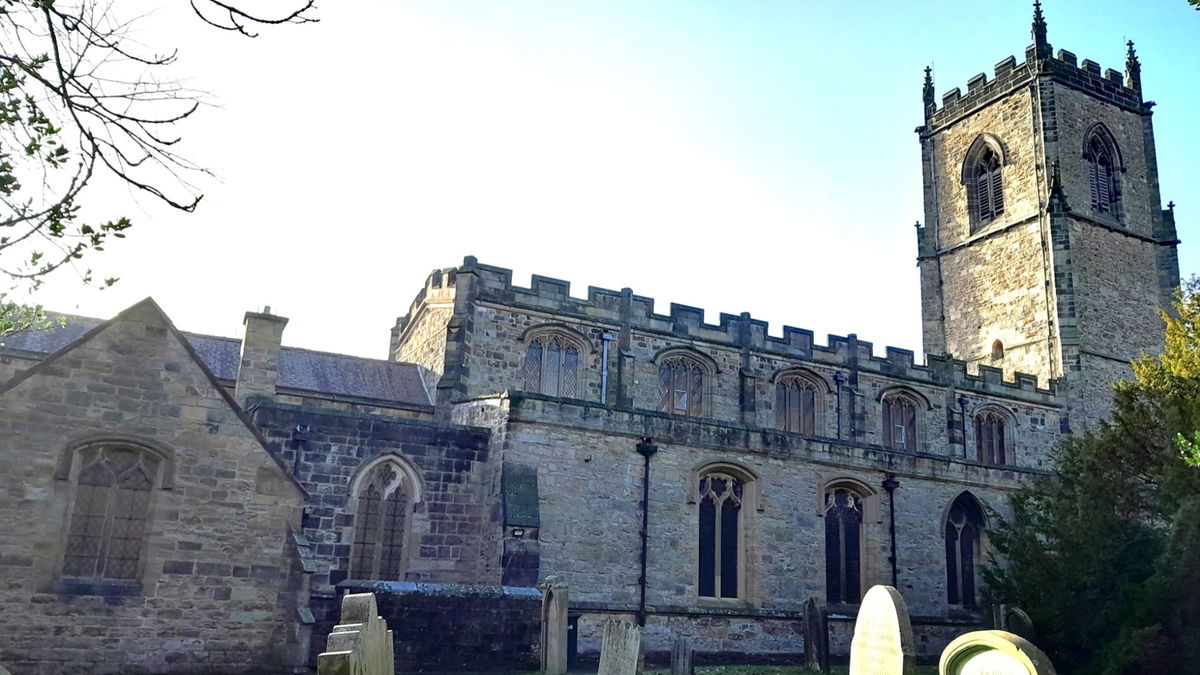
Saint Oswald's Church, Durham dates from the 12th century and could be the oldest parish church within the Durham diocese.
From the late medieval period, it had adornments such as choir stalls, roof brackets, and flat gravestones. There are traditional pews, so no falling asleep is likely. Although the lilting music could send you drifting away.


There's a who's who of architects, designers, and stained glass specialists, such as Ignatius Bonomi, Charles Kempe, Hodgson Fowler, Morris, and Co, Ford Madox Brown, Clayton and Bell. The stained glass ranges from the Victoria age to the 1970s.
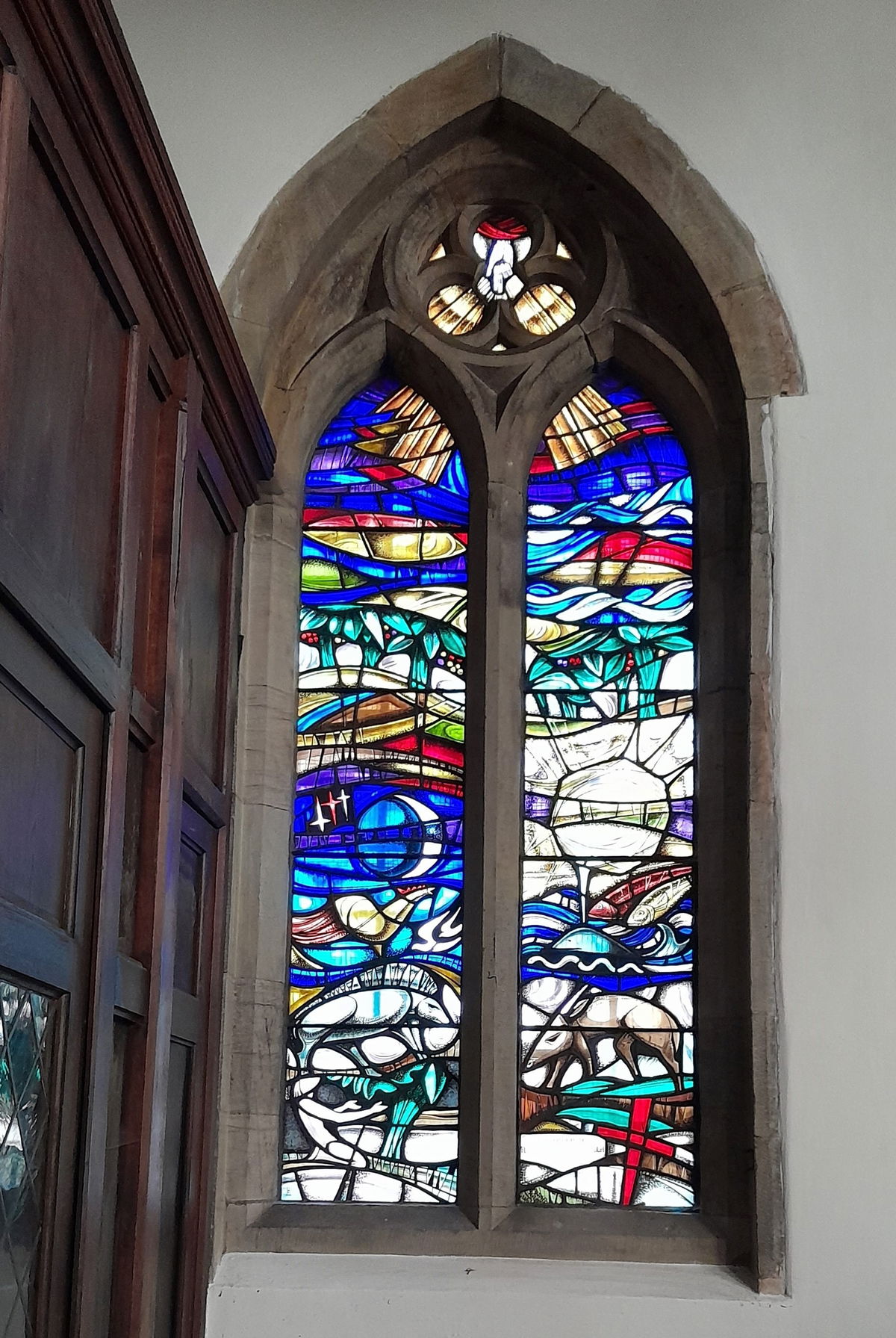
There have been organs in St. Oswalds since before the English Civil War (1642). A costly £325 organ was installed in 1859 then it was rebuilt in an Edwardian style in 1915. Finally expanded to 3 metres in 1979.
Without wishing to cause offence, and call it black humour, the organ was completely destroyed by arsonists on Ash Wednesday in 1984. The latest one is now over 35 years old and it is on the west wing or at the back of the church. This is because the 'job' of the organ is to support the congregation in the singing of hymns and therefore the sound is best projected from the back of the church.
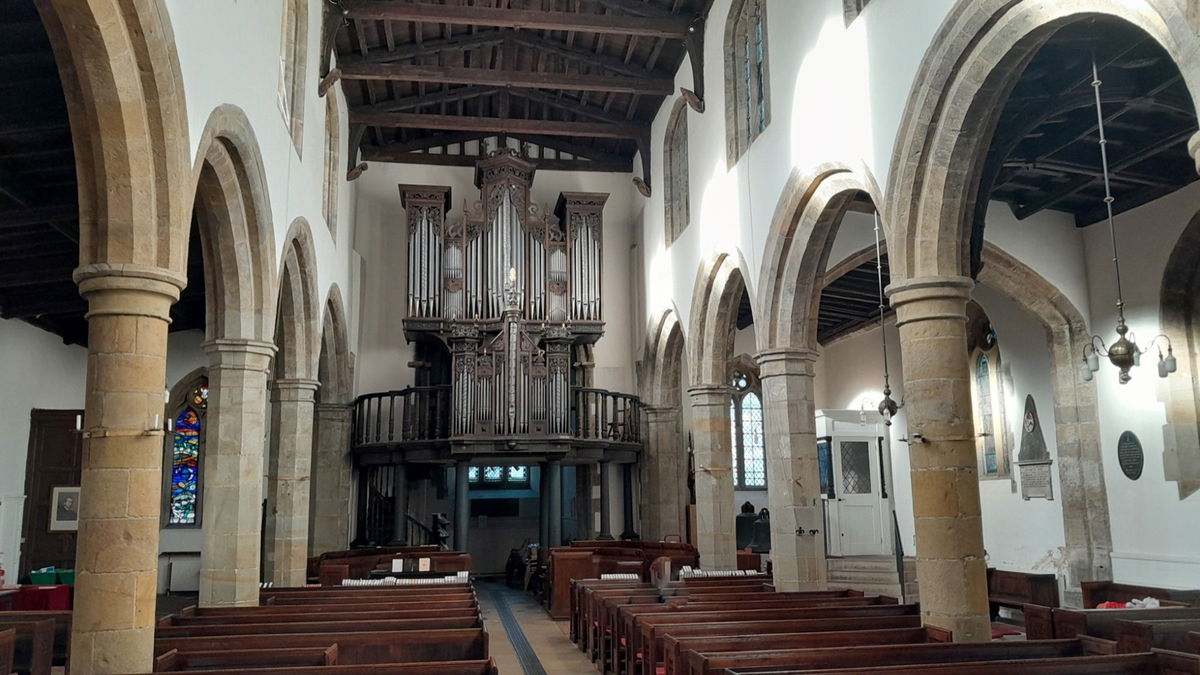
Did you know some of the pipes are called the choir? These are the ones that correspond to the lowest of the 3 manuals (keyboards). This organ is a bespoke instrument with only two electrical components - The blower and the lights. This is unusual in modern organs. It does however make a great teaching instrument as the pupil has to use their skills regarding pressure used on the keys.


The bells are also interesting. They have been rung here since 1553. In the early 17th century change ringing was introduced. This means the bells went through a 360 degree circle. The bells are tuned and it is a very controlled method in that the bell is struck twice by the clapper, from the highest note to the lowest note.
By the mid 20th century the bells were not rung much, so, they fell into decrepitude. The masters of bell making, John Taylor (Not of Duran Duran fame) and co. cast 8 new ones in 1977.
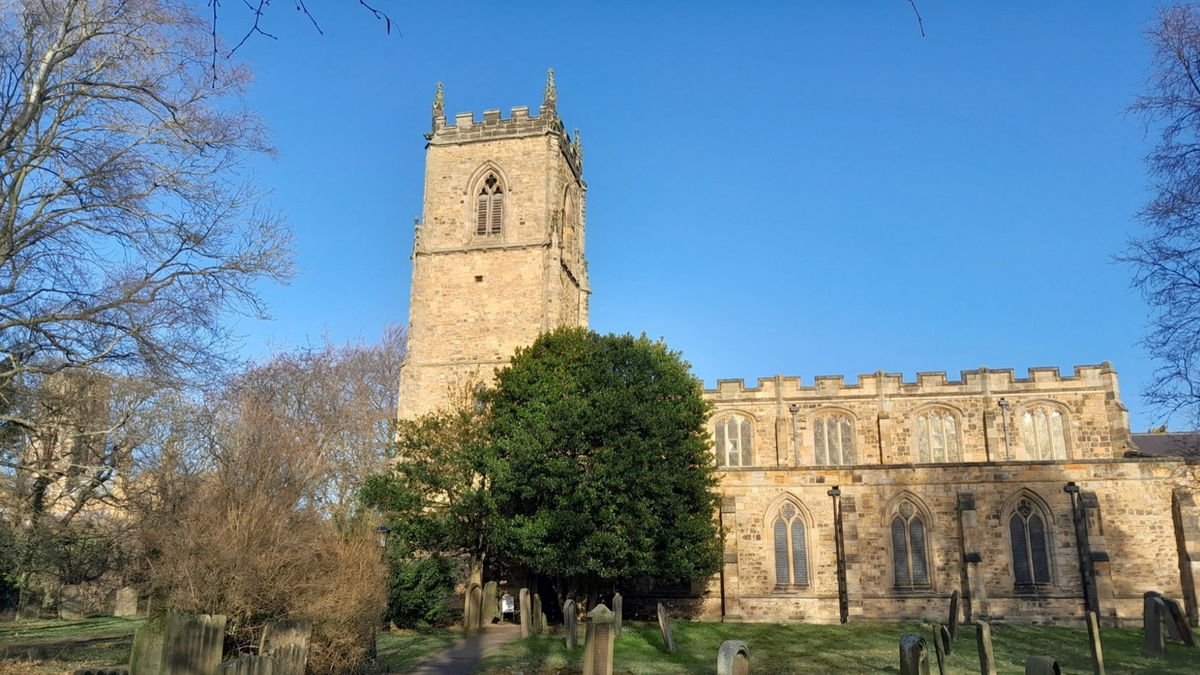
Two of the 17th Century bells are on display at the back of the church. You can hear the sonorous peal of bells rung for service on Sundays and for practice on Monday evenings.
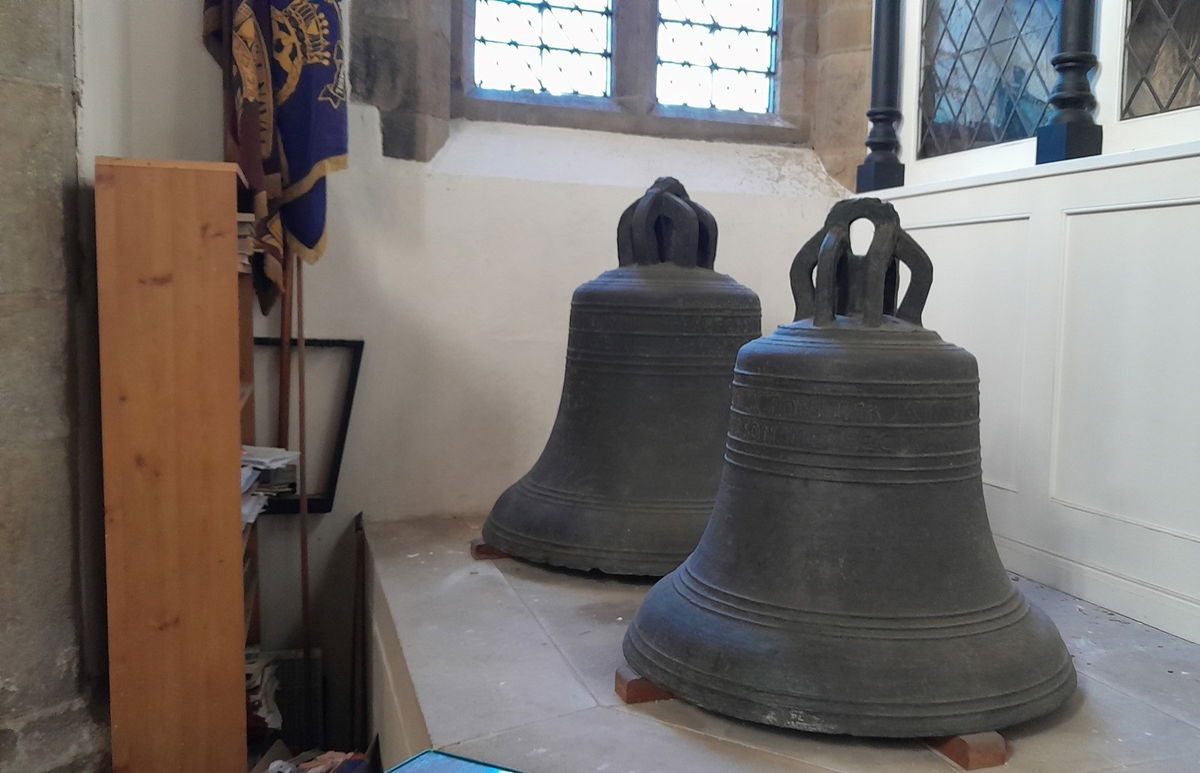
The newly restored colourful royal coat of arms for Charles III hangs proudly on the north wall. Since Henry VIII's time, the royal coat of arms has to be displayed in churches to show loyalty to the sovereign. This one is believed to date from 1660.

Outside there is an appealing churchyard which is now a conservation area and exudes tranquility.
And there is a mighty fine view of Durham Cathedral.
You can enjoy a river walk around the back of the church high above the River Wear and walk to the Kingsgate Footbridge. Kingsgate Footbridge.


The tall elegant War Memorial has a gabled calvary cross on top. The initials INRI are above the depiction of Jesus on the cross and this is the Latin phrase:
“Iesus Nazarenus, Rex Iudaeorum”
In English it means “Jesus of Nazareth, the King of the Jews.” and is what Judas is believed to of said to betray Jesus.
In Roman times it was customary to inscribe the reason for their crucifixion above their heads.
The local community paid for it and the memorial was unveiled in 1921. Disgracefully, in 2009 thieves stole the bronze plagues which commemorated those that had fought and lost their lives in the two World wars. The plagues were replaced with similar ones in 2010.


The church appears to be open most days.
Get 2 points if you have visited this place. Already visited by 45 VIPs.
Login to the VIP area to add places to your bucket list, mark them as visited and more importantly see where you rank on the league table.
How To Find Saint Oswald's Church Durham
Where Is Saint Oswald's Church Durham?
Lat / Long
54.771386, -1.572507
What three words
Where To Park For Saint Oswald's Church Durham?
Lat / Long
54.761063, 54.761063
What three words
There is street parking in the area at 50p per half hour. Can be busy as close to part of the University. Side streets also operate paid parking, but possibly free after 2pm.
Contributed by Rosalind Parker
Thanks for reading through and getting to the end of this post. I enjoy exploring the Fabulous North (Especially as a Southerner residing up North). I like 'snippets' of information, and more so, if they are obscure, amusing or meaningful. The photographs are taken on a mobile phone, without any enhancements.
More Places from Rosalind
More Places In Durham
Find more fabulous places in Durham, County Durham and if you know of a place we haven't listed, then let us know.
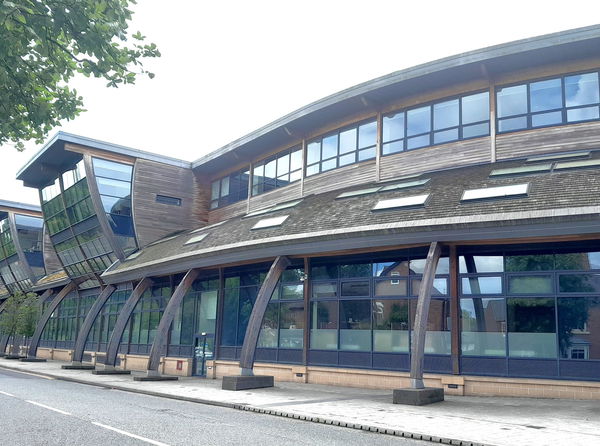
Art At The Palatine Centre
Art Durham County DurhamAn abundance of art in a striking eco friendly/ green building.
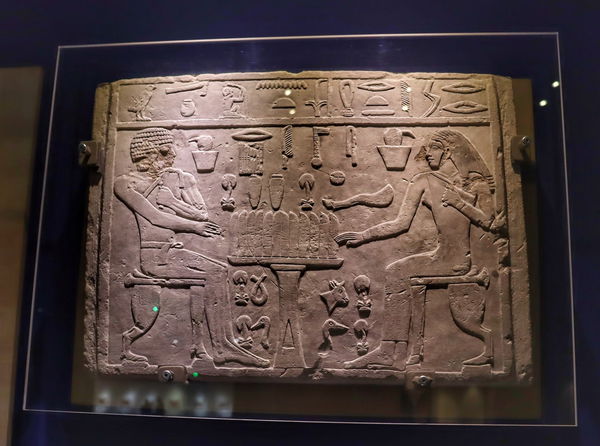
Oriental Museum
Museum Durham County DurhamA museum containing collections from cultures and histories of northern Africa to Asia including more than 30,000 objects of art, textiles, ceramics, and manuscripts.
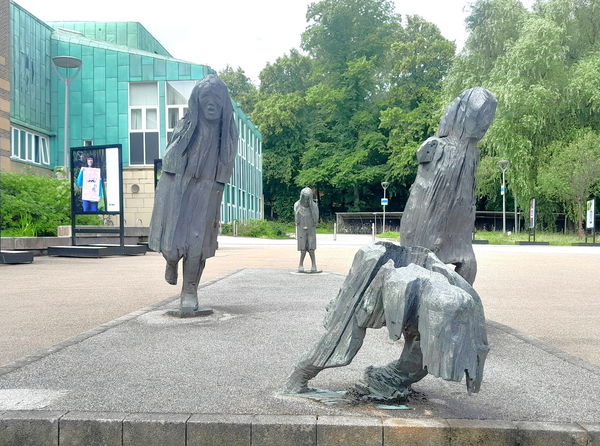
Cry For Justice - The Scream
Art Durham County DurhamCarved statues in distress near the Bill Bryson Library in Durham University.
More Religious Places
So this religious place wasn't enough and you want more? Don't worry we have you covered.
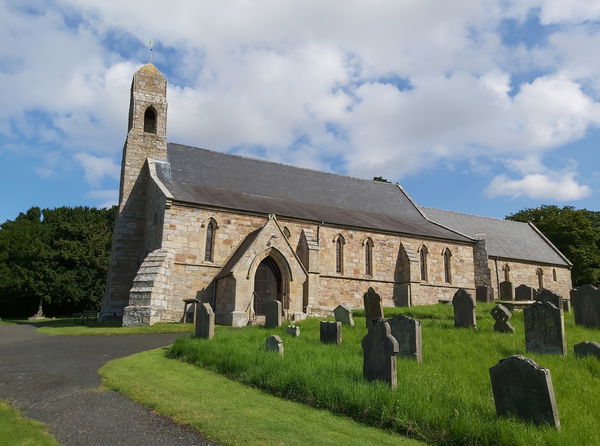
St Michael and All Angels Church
Religious Place Ford And Etal NorthumberlandA 13th century church located in the grounds of Ford Castle, later restored by John Dobson.
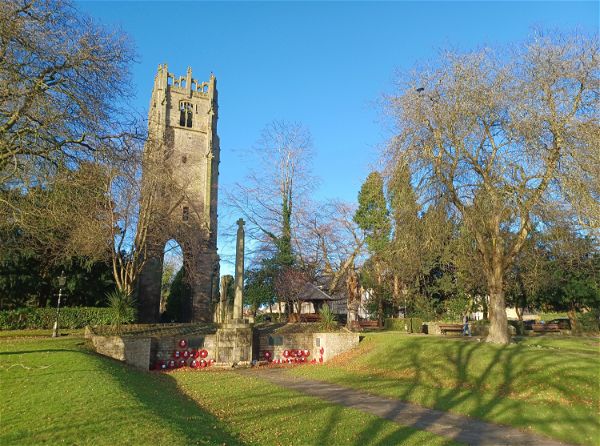
Greyfriars Tower
Religious Place Richmond North YorkshireA tower which is all that remains of the Greyfriars Franciscan Friary in the centre of Richmond.
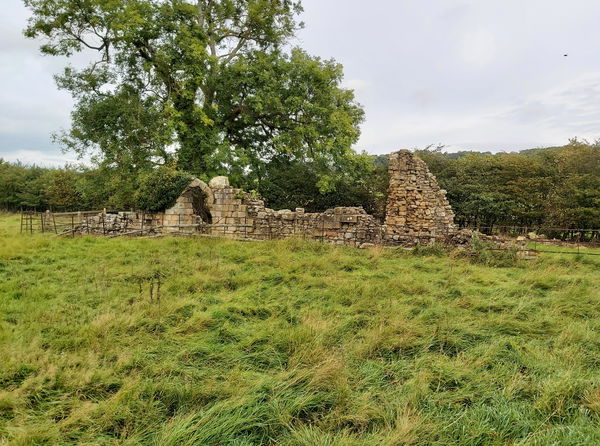
St Leonard's Hospital Chapel
Religious Place Alnwick NorthumberlandThe ruined chapel of an old hospital located in Denwick near to Alnwick Castle.
Never Miss A Fabulous Place
If you are afraid of missing out on all the fabulous places we post, or just want to be the first to know, then sign up to the Fabulous North.
Each week we will email you all the brand new places that we visit.
Sign Up To AlertsFind Us On Facebook
We post all our new places daily on our Facebook Groups page, so join the group today and be notified when we add a new place.
Join Our Facebook GroupSaint Oswald's Church Durham was listed in Religious Place // County Durham // Durham

